View current page
...more recent posts
Some excellent clone-hunting going on at VVork: stacks of audio loudspeakers (1, 2, 3, 4, 5) and stacks of books (1, 2, 3, 4, 5) by artists. A while back it was "neon week."
"I feel that my stack of loudspeakers is more profound than yours because..."
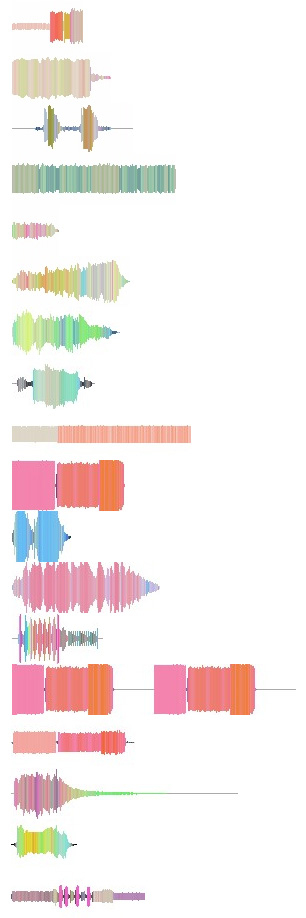

Marisa Olson Collections 1: Sound Files
images Olson posted to Nasty Nets, reBlogged






Marisa Olson Collections 2: Knives


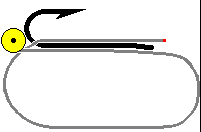


















Marisa Olson Collections 3: Knots
A week or so ago Atrios linked to this Charlie Rose interview with Thomas Friedman, a New York Times columnist and ostensible Middle East expert, which aired in 2003, right after America thought it had "won" the Iraq war. Watch it if you can without hurling. Friedman condescendingly lectures people in Muslim countries, bragging shamelessly about the lessons "American boys and girls" have taught them. It never seems to occur to him that four years later Iraq might be a charnel house because of his and Bush's bad judgment call. (The US service deaths passed 3500 this week.) His jingoist cry that "American power in the service of American ideals" had to teach a lesson to a Muslim country--any Muslim country, it doesn't matter if it attacked us or not--is pure Rudyard Kipling racism. This was him at the height of his post shock and awe preening but he still hasn't apologized for all the people he helped to kill. Here's what he said:
What they needed to see was American boys and girls going house to house, from Basra to Baghdad, um and basically saying, "Which part of this sentence don't you understand?"Retribution against the wrong country for 9/11 was bad enough without claiming it as a triumph for American ideals.
You don't think, you know, we care about our open society, you think this bubble fantasy, we're just gonna to let it grow?
Well, Suck. On. This.
Okay.
That Charlie was what this war was about. We could've hit Saudi Arabia, it was part of that bubble. We coulda hit Pakistan. We hit Iraq because we could.
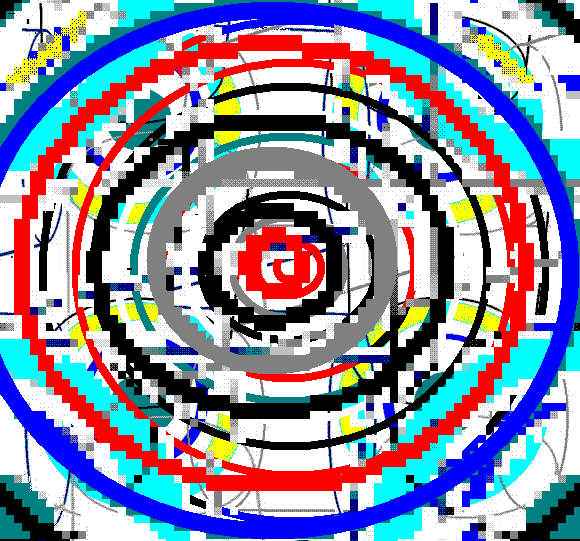
Two fairly active threads on Cory Arcangel, Paul B. Davis, and matters BEIGE: the conversation starts here and seems to be continuing here. So far Paddy Johnson's questions from last fall--about Untitled Translation Exercise in particular--aren't being answered, although some good points have been made overall. Once again some fairly persistent commenter(s) are avoiding the issues and accusing me of personal belligerence and hostility. This rather proves my point that the discussion around BEIGE these days isn't about issues but about declaring for or against certain artists. We need to get over this.
Update: A couple of comments about UTE have been made since I posted.
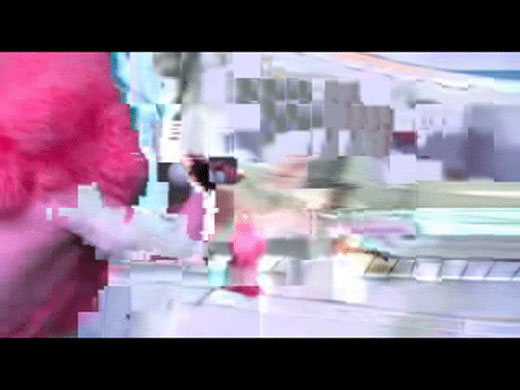
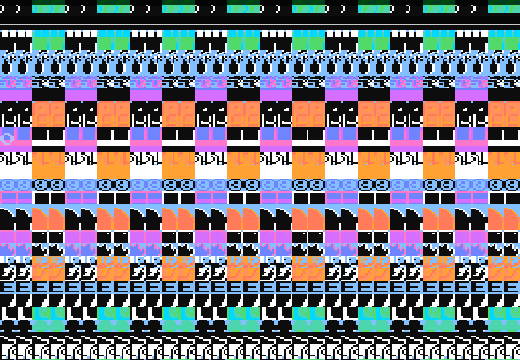
Meanwhile, in an alternate universe where more than one artist using the computer broke through to staggering international recognition, making new media people all jumpy and feeling like they had to "declare":
PAUL B. DAVIS [BEIGE]I fondly recall the turntable with the 8-Bit Construction Set LP in the front room of the old Team Gallery, crammed with other BEIGE work.
INTENTIONAL COMPUTING
Seventeen Gallery, London, 30th May – 23rd June 2007
Paul B. Davis is obsessed with computers and makes art that helps him understand how they work. He’s a founder member of the pioneering programming ensemble BEIGE along with Cory Arcangel, Joe Beuckman and Joseph Bonn.
This exhibition comprises two large projections. Five in One, 2007 is a new NES hack that takes its form from the pirate video game cartridges that first alerted Davis to the possibility of intervening with games. These ‘multicarts’ often had for or five different games on one cartridge and echoing this, Davis is presenting five different works on one machine. Fittingly these pirated works are not all by Davis’ hand, as he loots excerpts from other BEIGE collective hacks, questioning authorship in the already grey area of software as readymade. The second piece is a new video, a collaboration with the trans-media collective Paper Rad, which accentuates and aesthecises artefacts inherent in video compression formats, particularly MPEG-4 [titled Video Compression Study II, 2007]. A third work, in collaboration with Cory Arcangel, titled Fat Bits, is a triptych of monitors which presents close up images of an NHL ice hockey game, converted into imagery housed in an NES. Reminiscent of the timeless NES Ice Hockey game, these abstracted motions of brawling figures present a bacon-esque scene, groaning and grunting in a slow motion and distorted struggle.
Aesthetically Davis’ images are solid slabs of reordered, pure proto-modernist colour. With his alterations a new game, a new screen and a new surface emerges. The materiality of a hacked game cartridge, set into the instantly recognisable Nintendo console, guarantees that the recession into a purely two-dimension digital fold is never as total as it is in the work of other digital artists, the work remains an object. Further, the dizzying hyper-graphics of many related practitioners are surrendered in favour of the neat, blocky pixilation of the outdated NES operating system. This show also includes an installation featuring 8-bit Construction Set – an art/music/concept work rendered in vinyl which will be mounted on a record deck within the gallery, visitors being invited to play it out to their own satisfaction.
Quoting his influences as ranging from formalised British computing theory (Alan Turing) to the advent of widespread domestic console gaming (Mario), Davis has pioneered a truly unique strategy through a multiplicity of actions, networks and artistic creations. Davis’ practise is at once rigorous, conceptual – even nerdy, while nonetheless fully intimate with the patois, style, attitude and aesthetic of retrogressively inspired, data-bit multi-media contemporary culture, that has recently forced its way into the public consciousness.
